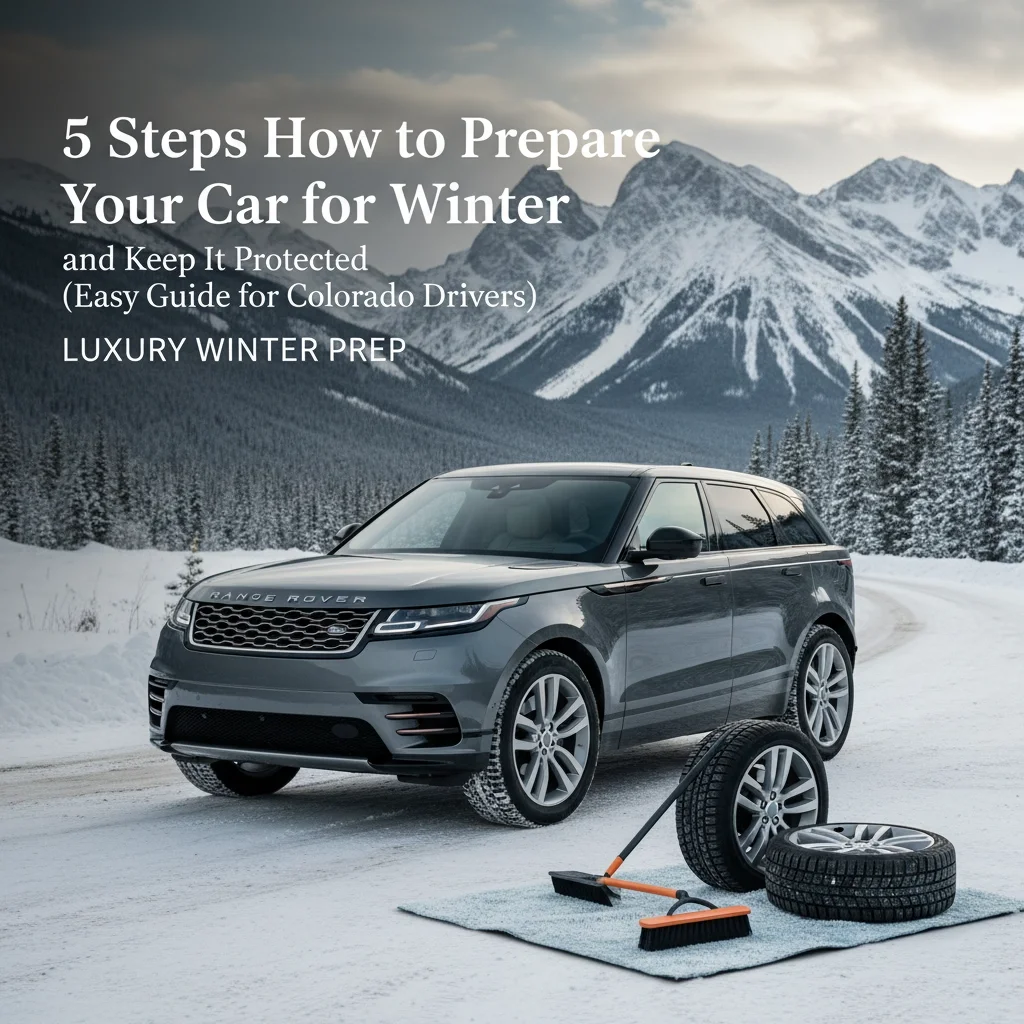5 Steps How to Prepare Your Car for Winter and Keep It Protected (Easy Guide for Colorado Drivers)
Winter in Colorado isn't just about beautiful snow-covered peaks and world-class skiing. It's about navigating treacherous mountain passes, sudden temperature drops, and weather conditions that can test both you and your vehicle to the limit. As someone who's spent years perfecting the art of automotive care, I've witnessed firsthand how proper winter preparation can mean the difference between a smooth seasonal transition and costly breakdowns on the side of I-70.
Your vehicle deserves the same meticulous attention to detail that we bring to every detailing service. Winter preparation isn't just maintenance: it's protection, preservation, and peace of mind rolled into one comprehensive approach. Let me walk you through the five essential steps that will transform your car from summer-ready to winter-warrior status.
Step 1: Power Up Your Electrical Foundation
Battery Performance: The Heart of Winter Reliability
When temperatures plummet below freezing, your battery's capacity can drop by up to 50%. This isn't just inconvenient: it's potentially dangerous when you're stranded in a snowstorm. I approach battery preparation with the same precision I bring to every paint correction service: thorough inspection, professional testing, and proactive maintenance.
Start by having your battery professionally tested for both charge capacity and cold-cranking amps. Look for any signs of corrosion around the terminals: that white, chalky buildup that can prevent proper electrical connection. Clean terminals should sparkle like a freshly detailed chrome bumper.
Illumination Excellence
Your lighting system becomes absolutely critical during Colorado's shortened winter days and frequent storms. Every bulb: headlights, taillights, brake lights, turn signals, and hazard flashers: must perform flawlessly. I recommend upgrading to high-performance bulbs that provide superior visibility without compromising your electrical system.
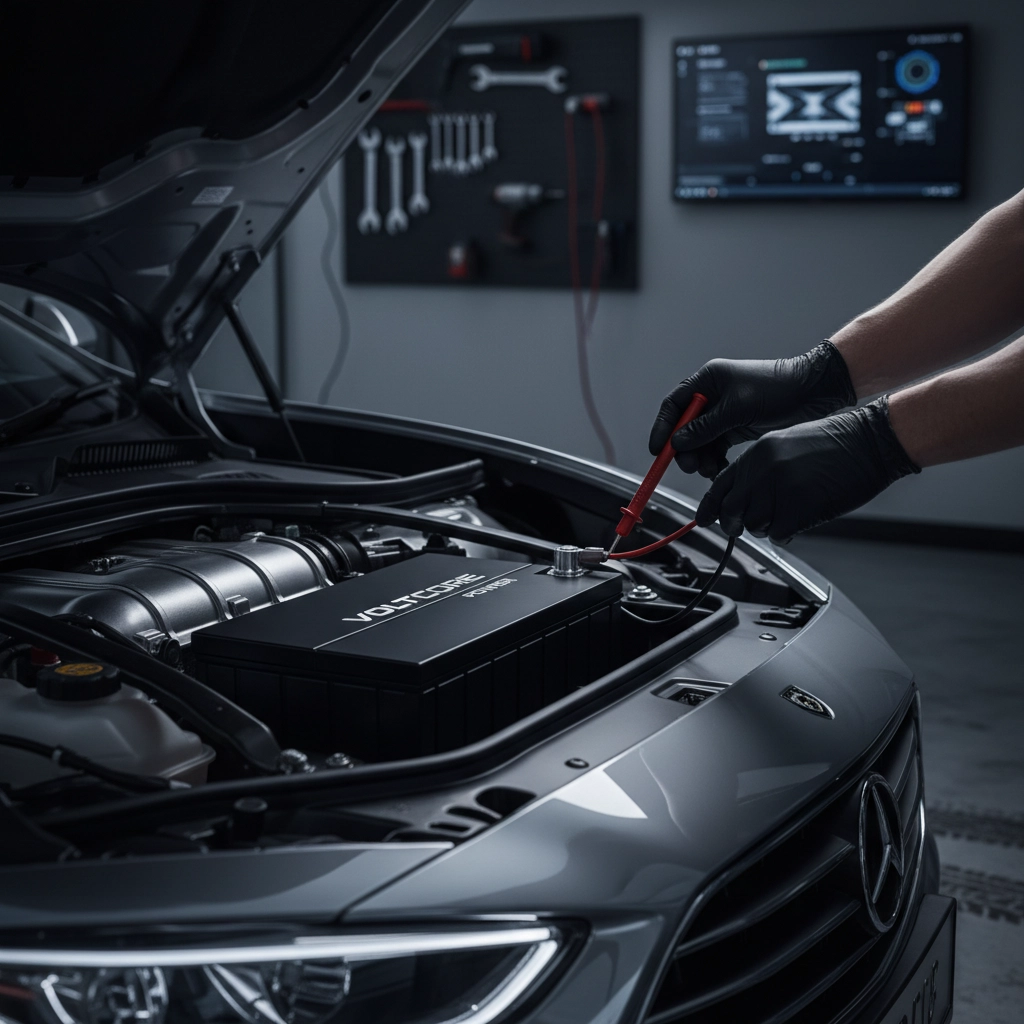
Don't overlook your interior lighting either. When you're fumbling for emergency supplies in sub-zero temperatures, proper cabin lighting isn't luxury: it's necessity.
Step 2: Establish Tire Excellence and Traction Mastery
Winter Tire Selection: Where Rubber Meets Reality
The connection between your vehicle and Colorado's unpredictable winter roads happens through just four contact patches. This is where my philosophy of uncompromising quality becomes absolutely essential. All-season tires simply cannot deliver the performance and safety margin that dedicated winter tires provide.
Winter tires feature specialized rubber compounds that remain flexible in freezing temperatures, coupled with aggressive tread patterns designed to bite into snow and channel water away from the contact patch. When I examine tires, I look for uniform wear patterns, adequate tread depth (minimum 4/32" for winter driving), and no signs of sidewall damage or irregular wear.
Pressure Precision
Cold air is denser than warm air, which means your tire pressure drops approximately one PSI for every 10-degree temperature decrease. Under-inflated tires compromise handling, increase fuel consumption, and accelerate tire wear. Check and adjust tire pressure monthly throughout winter, preferably when tires are cold.
Keep a quality tire pressure gauge in your glove compartment and familiarize yourself with your vehicle's recommended pressures: these are typically found on a sticker inside the driver's door frame.
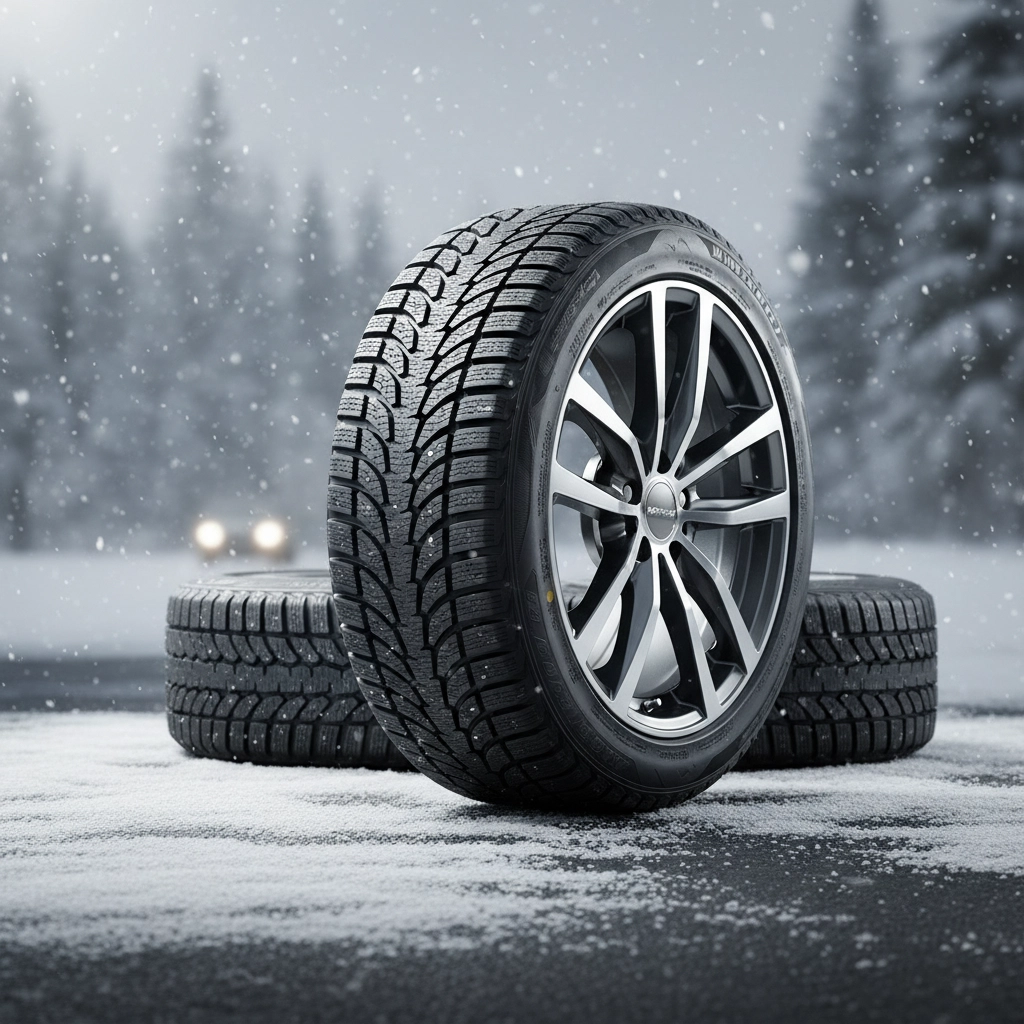
Step 3: Fluid System Optimization
Coolant System: Your Engine's Winter Shield
Your cooling system works harder in winter than you might imagine. While it prevents freezing, it also maintains optimal operating temperature for efficient combustion and proper cabin heating. I treat coolant system maintenance with the same attention to detail that goes into applying a premium ceramic coating: precision, quality products, and thorough execution.
Ensure your coolant mixture provides protection down to at least -30°F. This isn't just about preventing freeze damage; proper antifreeze concentration also prevents corrosion and maintains optimal heat transfer. If your coolant appears rusty or contaminated, it needs replacement before winter arrives.
Windshield Washer Fluid: Visibility Insurance
Premium winter washer fluid containing methanol or ethylene glycol prevents freezing while effectively removing road salt, grime, and ice from your windshield. Cheap summer fluid will freeze in your reservoir and potentially damage your washer pump.
Fill the reservoir completely and keep an extra gallon in your garage. You'll use more washer fluid in one Colorado snowstorm than you typically use all summer.
Oil Viscosity Considerations
Cold oil flows like molasses, which means your engine works harder during startup and critical components may not receive adequate lubrication immediately. Consider switching to a winter-weight oil if you haven't already upgraded to a high-quality synthetic that performs consistently across temperature extremes.
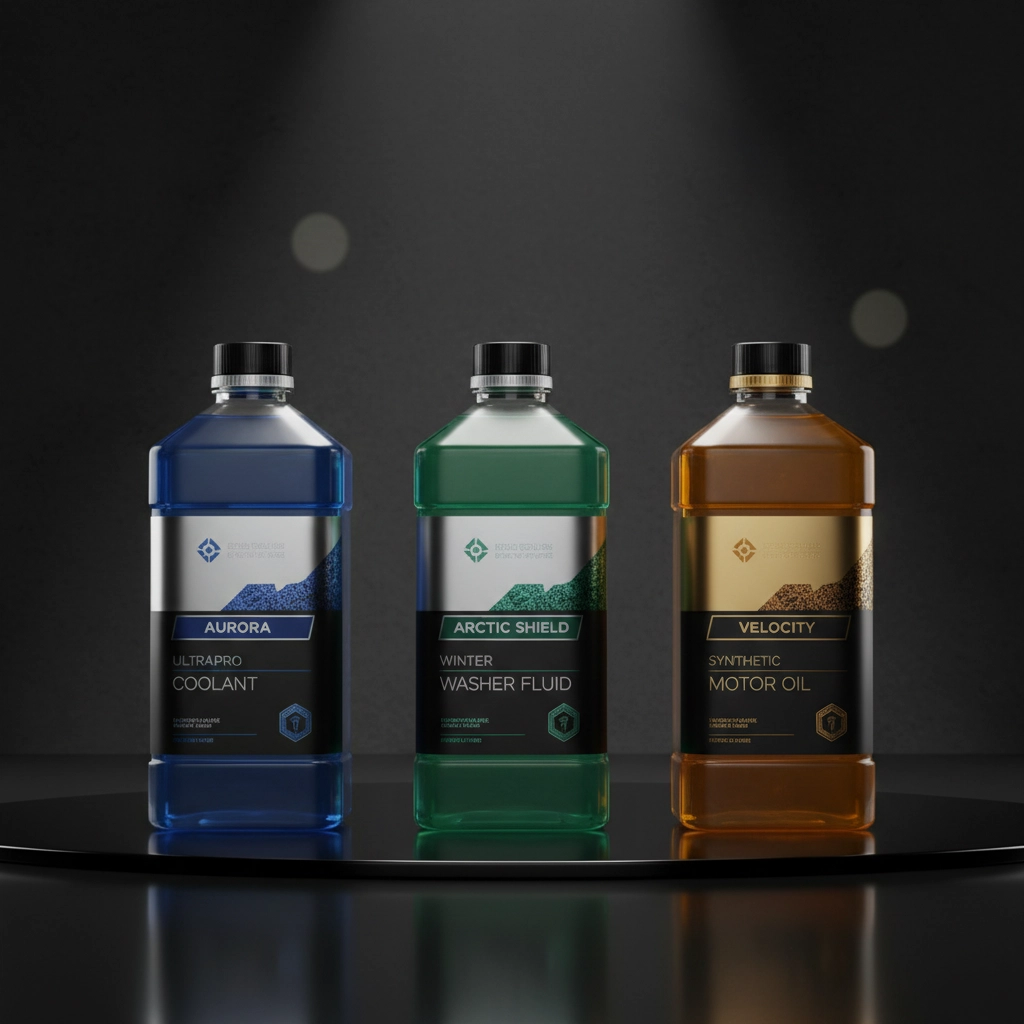
Step 4: Climate Control and Visibility Systems
Heating and Defrosting Excellence
Your heating system isn't just about comfort: it's about safety and visibility. A malfunctioning heater core or blocked cabin air filter can leave you with fogged windows and inadequate defrosting capability. This is particularly crucial when navigating mountain passes where visibility can change from perfect to near-zero within minutes.
Replace your cabin air filter before winter arrives. A clean filter ensures maximum airflow and heating efficiency while preventing pollutants from entering your vehicle's interior. Quality filters also help prevent that musty odor that develops when moisture gets trapped in dirty filtration media.
Windshield Wiper System Mastery
Standard wiper blades become brittle and ineffective in freezing temperatures. Winter wiper blades feature reinforced construction and specialized rubber compounds that remain flexible in extreme cold. The frames are designed to prevent ice accumulation that can cause standard blades to fail.
Install winter wipers before the first snowfall, not during. When visibility drops to mere feet during a blizzard, you want wiper blades that clear your windshield with the same precision I use when removing every trace of contamination during paint preparation.
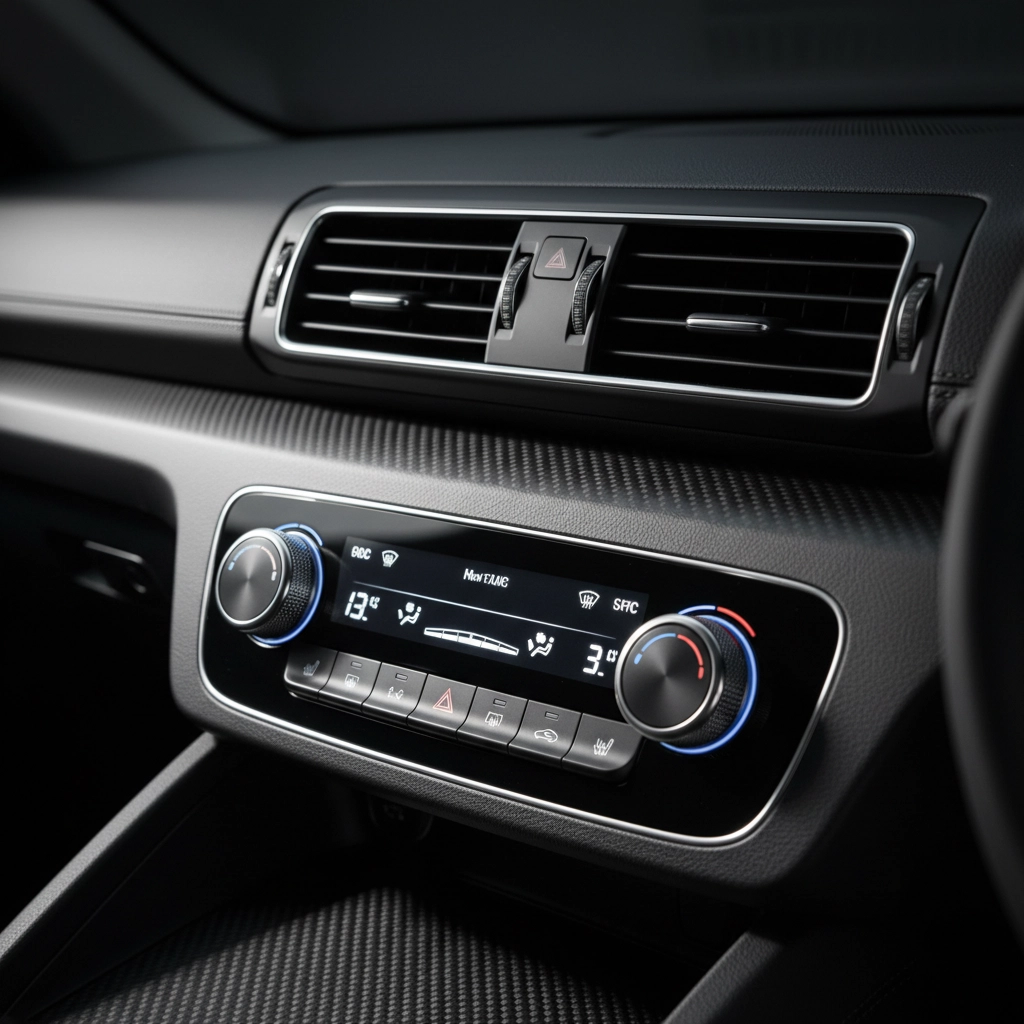
Step 5: Emergency Preparedness Excellence
Survival Kit Assembly
Even the most meticulously prepared vehicle can encounter unexpected challenges. Your emergency kit should reflect the same attention to detail and quality that defines professional automotive care. This isn't about throwing random items in your trunk: it's about creating a comprehensive system that could save your life.
Essential Emergency Equipment:
- Heavy-duty jumper cables rated for your engine size
- Tow strap with proper attachment points
- Ice scraper and snow brush combination tool
- LED flashlight with extra batteries
- Portable phone charger with multiple connection types
- First aid kit with winter-specific supplies
Survival Supplies:
- Warm blankets (wool or synthetic materials that retain warmth when wet)
- Extra winter clothing including gloves, hat, and warm socks
- Non-perishable food items with high caloric density
- Water bottles (store in interior to prevent freezing)
- Emergency medications
Seasonal Maintenance Schedule
Winter preparation isn't a one-time event: it's an ongoing commitment to excellence that mirrors our approach to comprehensive automotive care. Schedule professional inspections at the beginning and middle of winter season. This proactive approach identifies potential issues before they become roadside emergencies.
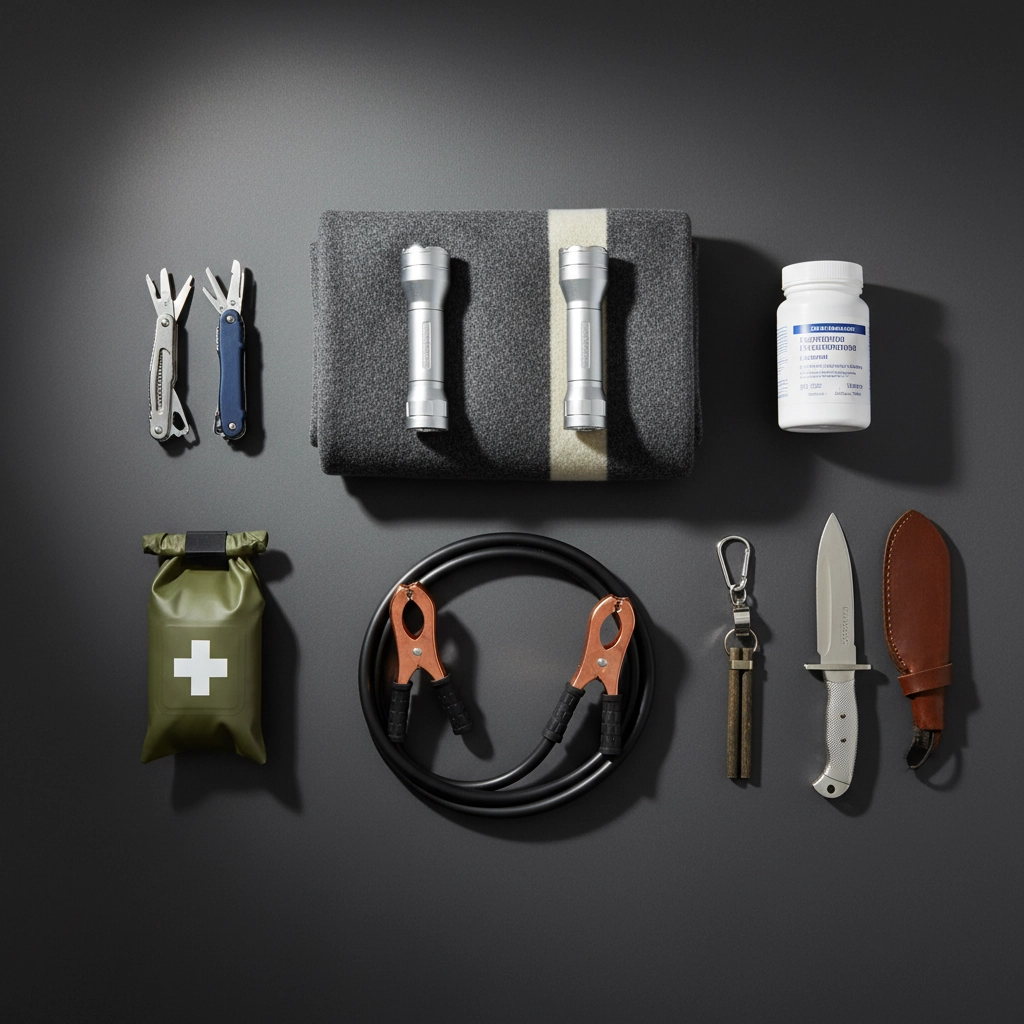
Professional Winter Detailing: The Ultimate Protection
Just as your mechanical systems need winter preparation, your vehicle's exterior requires specialized protection against Colorado's harsh winter elements. Road salt, de-icing chemicals, and abrasive snow can cause permanent damage to paint, chrome, and other exterior surfaces.
A professional winter detail includes paint protection that creates a barrier against corrosive materials while making snow and ice removal easier and safer. Quality sealants and ceramic coatings don't just enhance appearance: they provide measurable protection against the environmental challenges your vehicle faces every winter day.
Mountain Driving Considerations
Colorado's mountain passes present unique challenges that require additional preparation. Ensure your vehicle's cooling system can handle sustained climbs without overheating, and verify that your braking system is capable of managing extended descents without fade.
Keep your fuel tank full whenever possible. A full tank prevents fuel line freeze-up and provides additional weight over rear wheels for improved traction. Plan your routes using current road condition reports and never attempt mountain passes during severe weather warnings.
Your vehicle represents a significant investment that deserves professional-level care and attention. These five steps provide the foundation for safe, reliable winter driving, but remember that proper preparation extends beyond mechanical systems to include your driving habits and route planning.
Schedule your winter preparation early, before the season's first storm. Like every detail we perform, winter readiness requires time, attention, and commitment to excellence. Your safety and your vehicle's longevity depend on the care you invest today.
